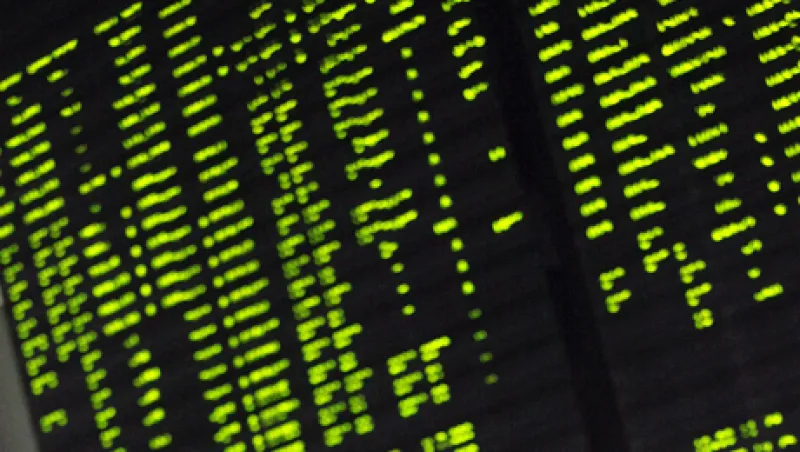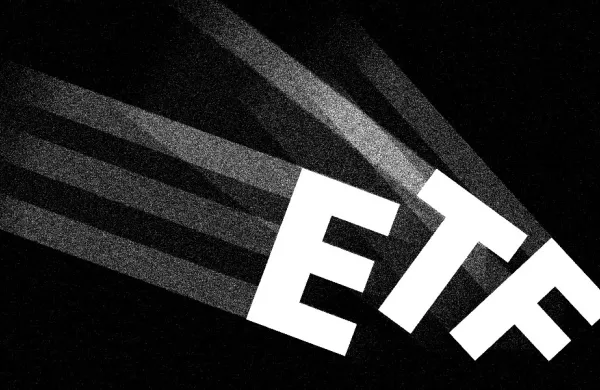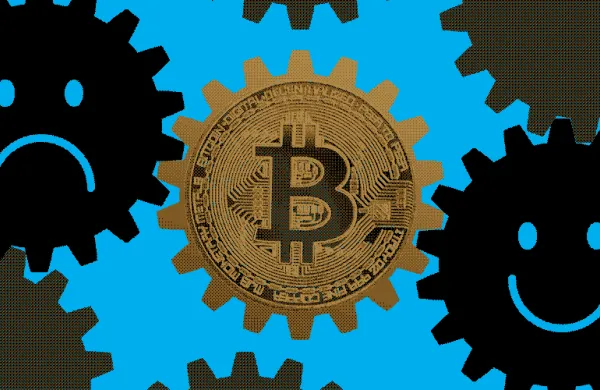Are exchange-traded funds (ETFs) and other passive funds a primary cause of market volatility or simply a mirror of the underlying anxiety that has been driving sharp swings in asset prices during the last few years? Miranda Mizen, a principal at market researcher TABB Group, says that while there’s no empirical evidence that proves ETFs and other passive funds are the culprit, they appear to be a factor shaping liquidity and trading patterns. Those conclusions were based on her own research. Over the summer, she surveyed 68 head traders on the buy side, and asked them to evaluate the market impact of passive funds, which include the great majority of ETFs.
Here’s are edited highlights of her conversation with Institutional Investor contributing writer Steve Rosenbush.
Can you isolate the impact of ETFs on liquidity and trading patterns? Is there any impact?
The conversation with buy-side traders was around passive funds, not just ETFs, I don’t directly attribute direct cause to ETFs and we didn’t explore ETFs as a separate subject; however they are part and parcel of market changes and some point to them as contributors (but not necessarily causes).
Your research suggests that some buy side traders believe ETFs and other passive funds have made it more difficult to find liquidity. Why is that the case?
Less order flow and smaller order sizes — instead of an investment in XYZ stock the money flows into an index which comprises a group of stocks. That can mean smaller and less frequent blocks. The thing about block trading is finding the other side when you want a match. If one person thinks blocks are scarcer and smaller, he’ll put out equivalently smaller blocks, so it’s a self-fulfilling prophecy. The second point is that if the stocks are liquid and trading in the market, one can trade using algos.
How are traders adjusting to those changes?
Tough market conditions, which include the result of changes in liquidity patterns as well as less volume and higher volatility, can make it hard to judge how to trade over the day. Buy-side traders have noted [trades] occurring at the opening in a less liquid stock that doesn’t trade particularly well in the open market — and then activity occurring in the dark to avoid exposure. To find liquidity, traders are expanding the use of tools — trading in the dark, using different kinds of algos, leveraging the sales desk, etc.
There’s also noted concentration of execution towards the end of the day, which could be partly the need to fill outstanding orders and partly ETF-related. I don’t have empirical evidence, but perception is nine tenths of the market.
You mention increased dialog between traders and the sales desk. Are there other ways in which passive funds have changed the dialog within institutions?
I don’t think ETFs have reshaped a dialog. Rather, the search for liquidity is the cause of this. The trading desk needs to be sure it has maximum flexibility to trade the order, but meet any constraints such as time or limit that the portfolio manager has. Some talk of more to and fro with the portfolio manager — about how to get the order filled, about trading strategies and time limits, or having to explain why the stock is bouncing up and down with nothing [changing hands] except an occasional [trade] in the dark. If a portfolio manager puts on strict limits — wants to trade in blocks of a certain size or not on risk — it might require more time to get an order done.
Do these changes in liquidity have an impact on investment returns?
Again, this is more passive funds including ETFs. It becomes harder to beat the index as the stocks move together.






